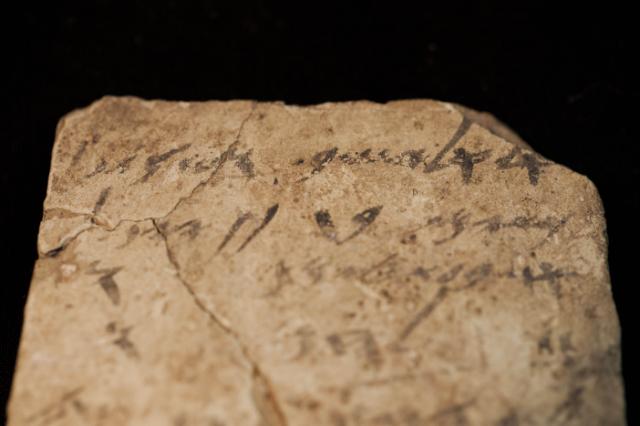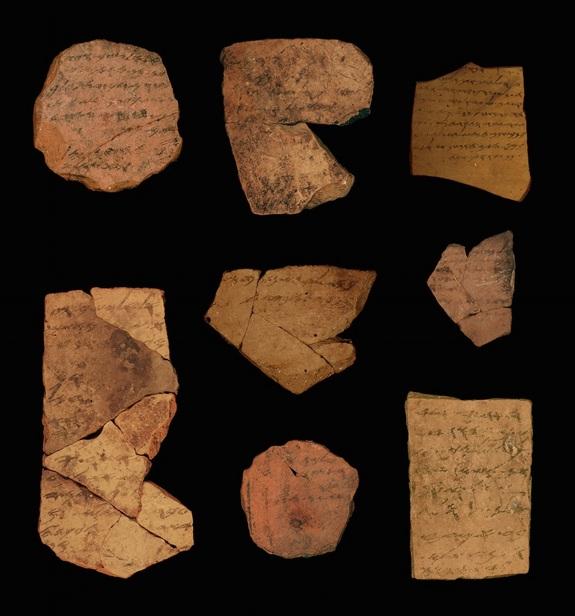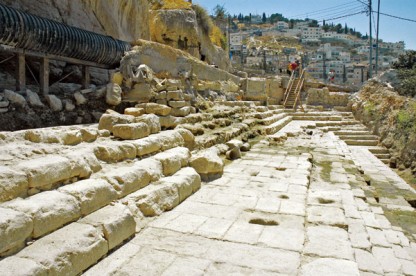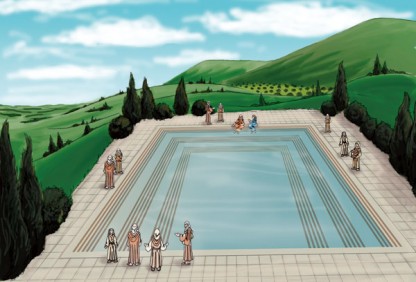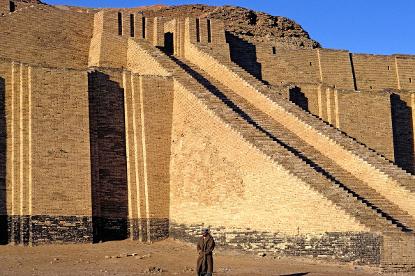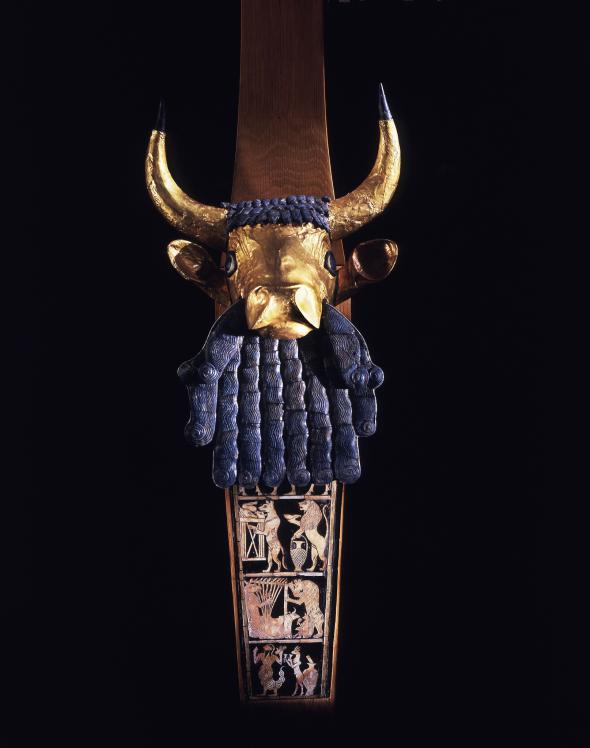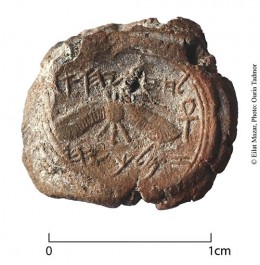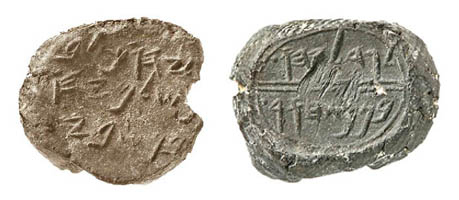The primary thing everyone should know about the Bible is that, "All Scripture is breathed out by God and profitable for teaching, for reproof, for correction, and for training in righteousness..." (2 Timothy 3:16). But here are an additional 9 things that you should know about the best-selling book of all time:
1. The English word Bible is derived from the Koine Greek τὰ βιβλία (ta biblia - "the books"). While Christian use of the term can be traced to around A.D. 223, the late biblical scholar F.F. Bruce noted that Chrysostom in his Homilies on Matthew (between A.D. 386 and 388) appears to be the first writer to use the Greek phrase ta biblia to describe both the Old and New Testaments together.
2. The word "testament" (Hebrew berîth, Greek diatheke), means "covenant." The term "Old Testament" refers to the covenant which God entered into with Abraham and the people of Israel, and "New Testament" to the covenant God has entered into with believers through Christ.
3. The practice of dividing the Bible into chapters began with Stephen Langton, an Archbishop of Canterbury in the early 13th century. Robert Estienne, a 16th-century printer and classical scholar in Paris, was the first to print the Bible divided into standard numbered verses.
4. The first complete Bible printed in the Western Hemisphere was not in English or other Europeans languages. The "Eliot Indian Bible," published in Cambridge, Massachusetts, between 1660 and 1663, was a translation in the Natick dialect of the Algonquin tribe of indigenous Americans. There were no English language Bibles printed in America until the late 1700's, mainly because they were more cheaply and easily imported from England up until the embargo of the Revolutionary War.
5. The first red-letter New Testament (i.e., words of Christ printed in red) was published in 1899, and the first red-letter Bible followed two years later. The idea of printing the words of Christ in red originated with Lous Klopsch, editor of Christian Herald magazine, who got the idea after reading Jesus' words, "This cup is the new covenant in my blood, which is poured out for you" (Luke 22:20).
6. The Bible is not only the best-selling book of all-time, it is consistently the best-selling book of the the year, every year. (Even in 1907, the New York Times noted that the "daily sales of the Bible, 40,000 copies, exceed the annual sales of most popular novels.") Currently, an estimated 25 million copies are sold or distributed in the U.S. every year, approximately one new Bible for every 12 Americans.
7. According to the Christian Booksellers Association, the most popular versions (ranked based on dollar sales) are: (1) New International Version, (2) King James Version, (3) New Living Translation, (4) New King James Version, (5) English Standard Version, (6) Common English Bible, (7) Holman Christian Standard Bible, (8) Reina Valera 1960, (9) New American Standard, and (10) New International Readers Version.
8. There are two general approaches to Bible translation, formal equivalence and functional equivalence. Formal equivalence seeks to reproduce the grammatical and syntactical form of the donor language as closely as possible in the receptor language, making only such changes as are necessary for intelligibility. Functional equivalence focuses on the meaning and attempts to accurately communicate the same meaning in the receptor language, even if doing so requires using different grammatical and syntactical forms. As Rodney J. Decker explains, all translations include both formal and functional equivalents and thus fall on a different part of the translation spectrum (e.g., KJV, and ESV are more formal while the New Living Translation is more functional).
9. All the books of the Old Testament except Esther, Ecclesiastes and the Song of Solomon are quoted or referenced in the New Testament. Jesus quoted or made references from Genesis, Exodus, Leviticus, Numbers, Deuteronomy, Psalms, Proverbs, 1 Kings, Isaiah, Jeremiah, Ezekiel, Daniel, Hosea, Amos, Jonah, Micah, Zechariah, and Malachi.
Source:
http://thegospelcoalition.org/blogs/tgc/2013/06/22/9-things-you-should-know-about-the-bible/
